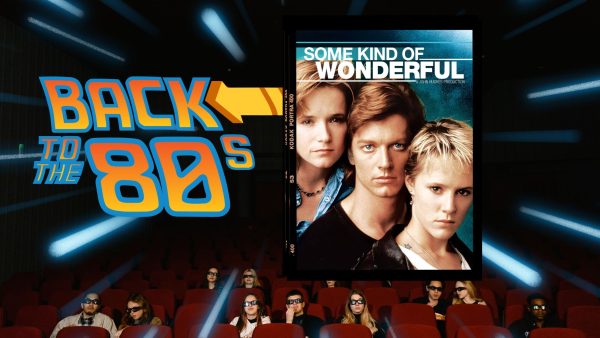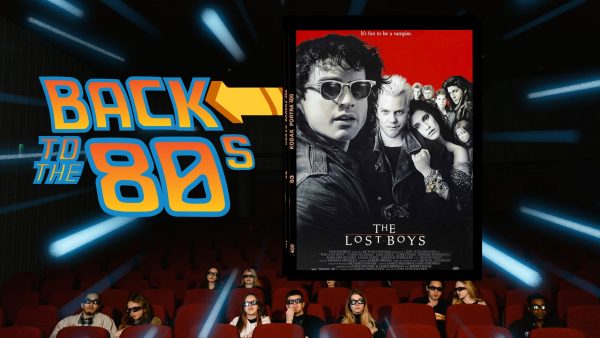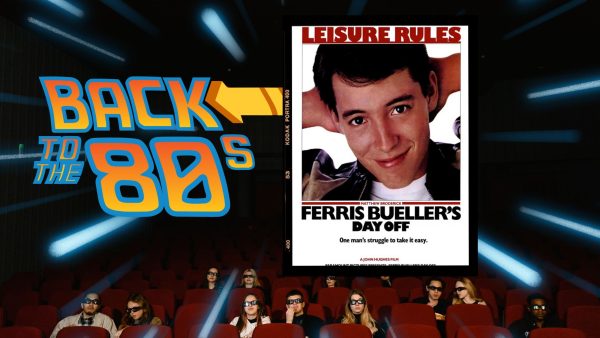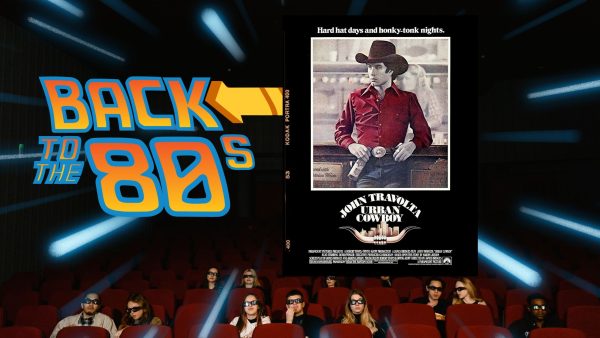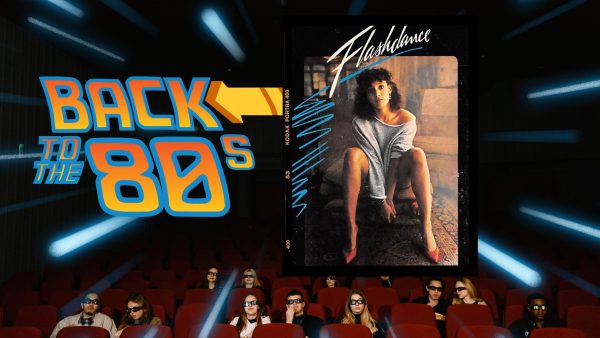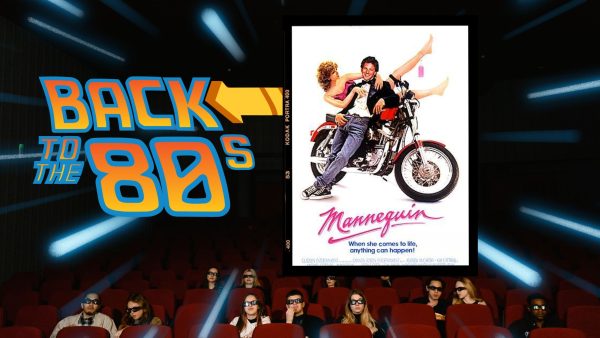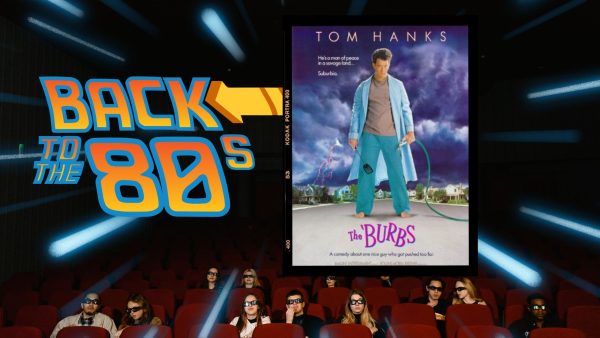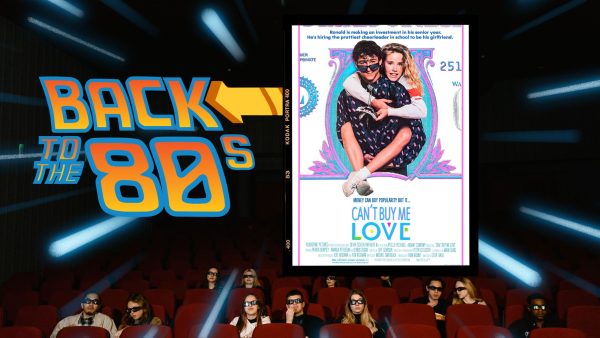Shopping choices lead to longtime consumer loyalty
April 24, 2013
Nike isn’t in the shoe business, Levi’s specialty isn’t denim and Polo doesn’t just sell shirts. What these companies are doing is selling different images or a lifestyle.
Clever marketing techniques by these brands invoke emotional connections to products by focusing on desirable images which in turn equal greater profits.
Clothing franchise H&M is within the top-selling 100 brands globally at No. 23, with sporting goods giant Nike at No. 26, according to interbrand.com. The collective revenue of these two brands last year was $31,697,000,000.
All brands strive for a loyal consumer base, which is not an easy task. The way these companies do this is by manufacturing a product that is dependable and by also providing an image to coincide with the product.
Dickies, for example, has been manufacturing durable khaki pants for construction workers but sells more units to consumers that fantasize about being a “working class hero.”
The very first brand mascots were fictional figures like Aunt Jemima and the Quaker Oats guy because people were transitioning from purchasing items from a trusted neighborhood shopkeeper to items that came from an anonymous source.
“Brand loyalty is really an outcome of your market programming,” said marketing professor Pingsheng Tong. “I wouldn’t say there are certain things you can do simply that can establish brand loyalty.”
These figures were invented to create “surrogate relationships” with the consumer according to Naomi Klein author of “No Logo,” which is a book about corporate branding.
These brands know what demographic they are targeting when picking a spokesperson or making a commercial. Rapper and producer Dr. Dre was the perfect candidate to sell Beats headphones to the hip-hop enthusiast.
The emotional connection, however, is crucial in building a loyal consumer; without the attachment, it is easy to sway someone to shop elsewhere.
Once the connection is there, the company can essentially put the logo on anything and it will sell.This allows brands to market in unrelated fields; no one questions why people wear Coca-Cola T-shirts when they are a soda company.
Many people have become wise to companies’ marketing techniques and cannot be fooled no matter how subliminal the message.
Affordability is a major factor. Ralph Lauren and Burberry have the image of “high fashion” and a rich lifestyle, so their logos come at a cost that are not worth it to some.
“I don’t care about what looks cool; I just care if it looks nice,” said senior chemistry Fherie Bernados. “I’m not into expensive flashy clothes and most of the companies I buy from have cheaper products.”
It’s nearly impossible not to be caught in a clever marketing technique when purchasing a product.
There is nothing wrong with buying a new pair of Levi’s or Burberry brand cologne, but before you’ve made it all the way to the register, take a minute to think about why you are making this purchase and it might save you some money in the process.































































































































